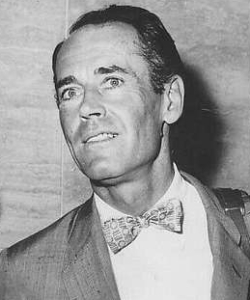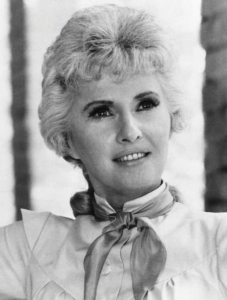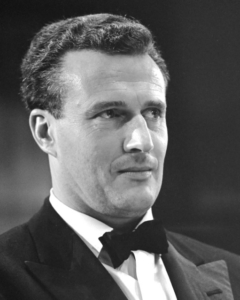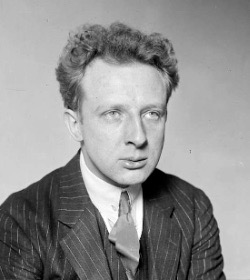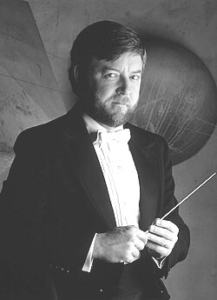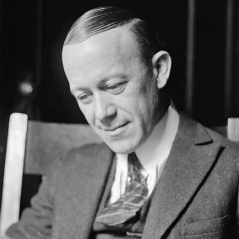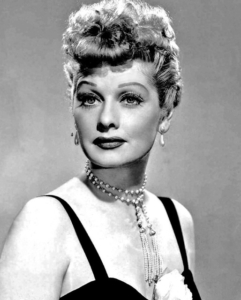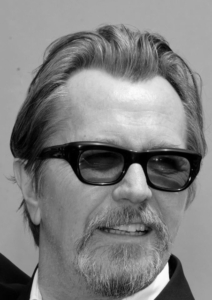REVIEW POTPOURRI: Film: You Belong to Me
 by Peter Cates
by Peter Cates
You Belong to Me
A 1941 film, You Belong to Me, is thematically a romantic comedy in the old-fashioned, very marketable Hollywood tradition and stars two of its even then very marketable cinematic presences, Henry Fonda (1905-1982) and Barbara Stanwyck (1907-1990).
The plot consists of Fonda’s spoiled rich Peter who is skiing much too recklessly down a slope and suddenly topsy turvys, skis and all, just narrowly avoiding colliding with Stanwyck’s Helen, a highly-accomplished general practitioner who is on vacation but otherwise very committed to her career.
Peter’s fall lands him not only upside down but buried in the snow with only his ankles showing.
Of course, Peter lives and, with a few bruises, is okay but he instantly falls in love with Helen and does his fake hypochondriac best to keep her around. One thing leading to another, he persuades Helen to marry him.
After the honeymoon, they arrive back at his fully luxurious palace of a mansion with a domestic staff ready to attend to every need and whim, when the inevitable period of adjustment arrives with a bang.
Peter is the emotionally needy little boy who wants his wife pretty much to himself while Helen is and she gave him fair warning before marriage – also committed to her patients and they include men who are acquaintances of Peter. Problems and jealousy ensue.
However, there is a happy ending with Peter deciding to lead a life of purpose and meaning through investing the family fortune on a much needed charity hospital for the poor that is already on the verge of bankruptcy.
Peter will manage the day to day business details while Helen is the wonderful doctor and they give up the mansion for simpler accommodations in their greater new found happiness.
Despite the charismatic Fonda and Stanwyck, the movie skated on very hokey thin ice, with a lame script, lame jokes and lame just about everything else.
Where credit is due – the black and white cinematography of the opening scenes on the ski slope – the far off stunt skier for Fonda and then the up close Fonda himself, complete with skiing goggles, yodeling his downhill racing; the expansive shots inside Peter’s mansion; the grounds in which actor Edgar Buchanan (1903-1979) as the gardener Billingsley expounds to Peter on the meaningful mysteries of the soil; and the inside of a department store where Peter, under an assumed name, successfully lands a job in the men’s tie department.
Memorable Henry Fonda films include Young Mister Lincoln, My Darling Clementine, Fort Apache and Mister Roberts, each directed by Portland Maine native John Ford (1894-1973); Advise and Consent; Yours, Mine and Ours; Gideon’s Trumpet; and On Golden Pond, which takes place in the Belgrade Lakes, but was shot in New Hampshire.
The only other Barbara Stanwyck movie I have ever seen is Sorry, Wrong Number! in which she plays a bedridden wife whose house has been invaded by an intruder.


